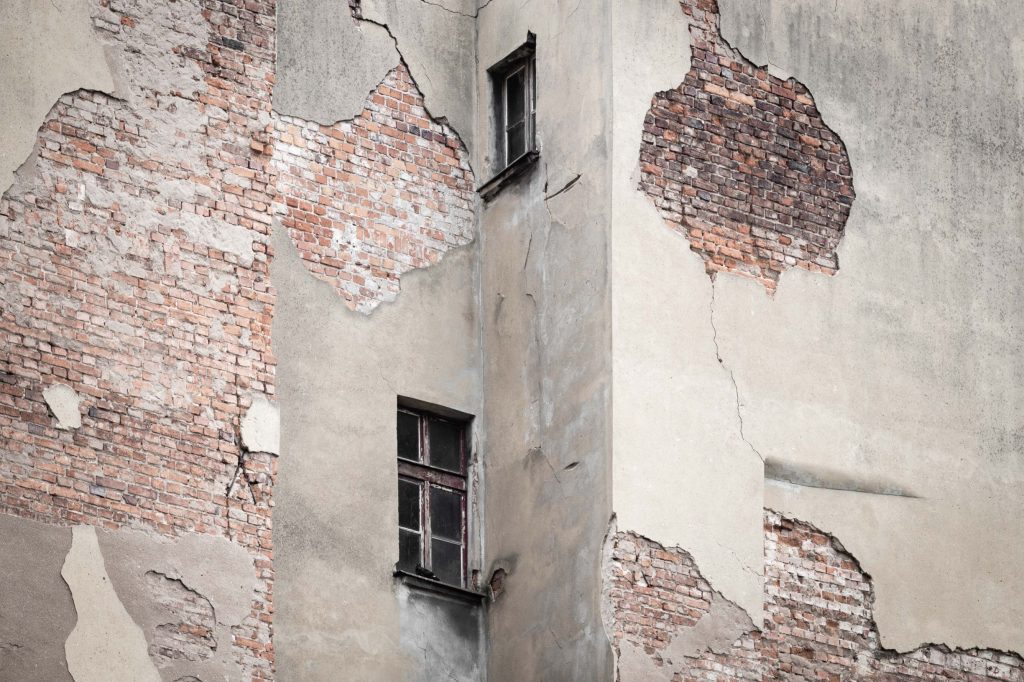Movement in any home from a 100 year old barn house, to a new build in the suburbs and especially renovated homes will come across some movement at some stage. This is simply explained by two causes, first are structural issues and second is the result of the wrath of mother earth beneath the structure moving at her own free will.
Some signs are obvious with regards to movement in the home, the ‘crack’. That narrow hairline, tattooed on the wall that slowly turned into more of a deep crevasse over time, then like magic back into that tattooed hairline again? Why does this occur? Again it is a simple story that starts below the footings (concrete support) of the home called the foundations (soil the footings are bearing on). Seasons change and with the introduction of moisture to the soil come reactive movements resulting in the footings reacting slightly or exaggerated. Soil contracts over these seasons and this can occur locally under a home or consistently across a home. That is why you will have some cracks open and close and some not.

The best indicators for movement in the home are shown to us by the doors and windows. Cracks in plaster can be patched and painted prior to selling a home, but the doors will always tell the truth. We all go into the assumption that a door is first hung true, square, plumb, level and every other word related to a quality job. That being said, you check for doors and windows sticking when opening and closing while inspecting a house you may be investing in. If you find these signs go outside and review around that local area for any further evidence of movement (Cracks). Generally all external walls are load bearing and this is where you will witness the movement in the home from the movement of footings.
The two common types of movement
Climate – Where you have small movement that comes and goes which is simply mother nature taking charge.
Recommendations:
- Buzz (plane) the windows and doors to allow for that movement during that time.
- Fill cracks with a flexible product
- Try to ride it out, sometimes you may fix something to suit a condition then it will change and issues will occur again.
- Look for obvious signs of rot or weathered structural elements and rectify accordingly
- If symptoms get worse see a local builder for advice.
Structural – Where you have major issues directly effecting the home resulting in disturbing cracks, deviations in walls/ceilings etc.
- Seek that local builder advice before touching anything!
- Turn off everything that uses water and check the water meter is not ticking over, if so then you may have a leak.
- Check all water tanks for leaks
- Check all stormwater outlets, guttering and downpipes for defects resulting in excessive water in a local place.
- Visually check structural members and look for defects or rotting.
More or less water is the key killer for house movement, if it’s damaged gutters or pipework flooding the ground in a local area or a leak that dampens a structural timber element for a long duration, water is the culprit. To help reduce the risk of movement it is always great to add inground drainage around your home to get rid off as much water as quick as possible. Visually check for defects to structural members like timber sub floors, concrete posts, supports etc. Seek advice from a local carpenter or builder, they will be able to tell you if you should worry or not.
What are other signs of movement have you had?

